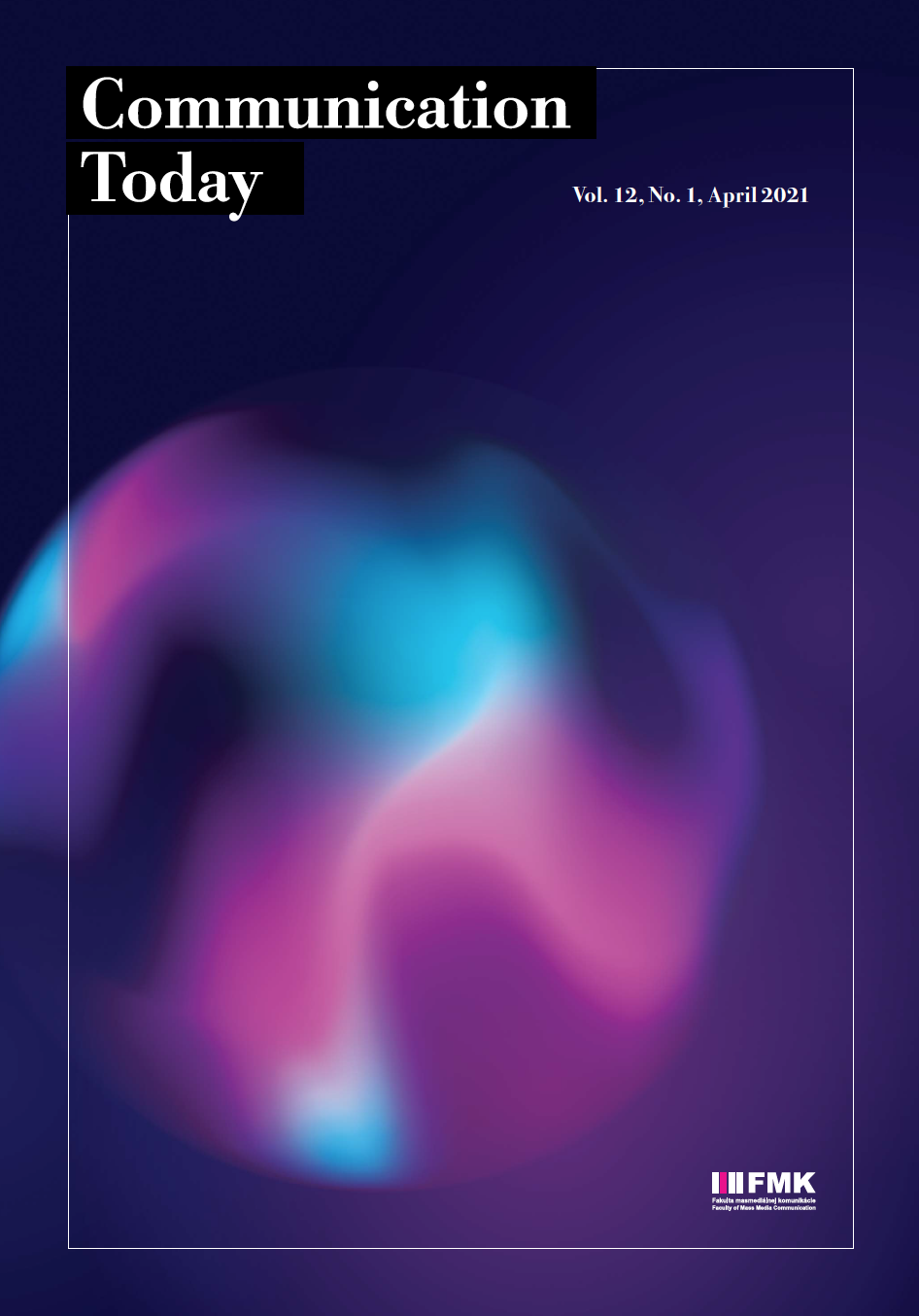TEMPORAL CHANGES UNDER THE INFLUENCE OF DIGITAL MEDIA
TEMPORAL CHANGES UNDER THE INFLUENCE OF DIGITAL MEDIA
Author(s): Slavomír Gálik, Branislav OpralaSubject(s): Social Sciences, Media studies, Communication studies, Theory of Communication
Published by: Univerzita sv. Cyrila a Metoda v Trnave, Fakulta masmediálnej komunikácie
Keywords: contemporality; digital media; offline world; online communication; slow and fast time; temporal desynchronisation
Summary/Abstract: Current online communication disintegrates linear time and supports the simultaneous. Fast online communication also accelerates the ‘offline’ world – the world of business, transportation and so on. Thus, new temporal changes introduce disruption and desynchronisation of the old temporalities. The authors identify 4 risks caused by temporal desynchronisation: 1 – on the media level – desynchronisation between linear and simultaneous time. 2 – on the cognitive level – desynchronisation between fast time and limited cognitive capacity in humans. 3 – on the social level – desynchronisation between fast work time and slow time that we use for recreation, family life and so on. 4 – on the environmental level – desynchronisation between the fast economy and the slow regeneration of natural resources. The authors see a solution in antitemporalities, i.e. the ability to slow down fast time and switch between various time rhythms. However, we need to systematically learn how to use these anti-temporalities. The authors believe that the human mind needs quality cognitive training to be capable of slowing down and speeding up and thus switch efficiently between different time modes.
Journal: Communication Today
- Issue Year: 12/2021
- Issue No: 1
- Page Range: 4-12
- Page Count: 9
- Language: English

